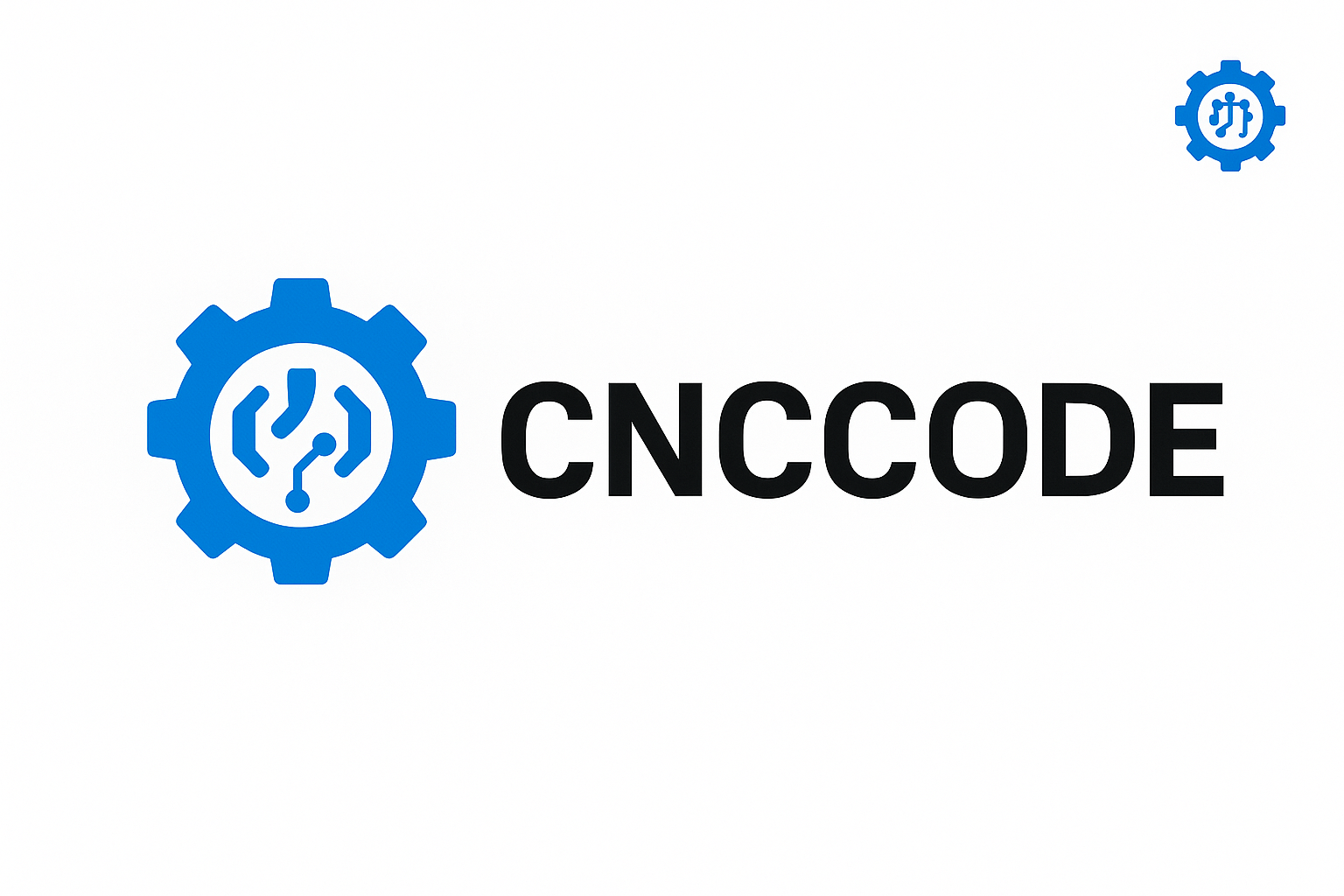Master CNC programming with this in-depth 2025 guide. Learn G-code, M-code, toolpaths, subprograms, macros, and automation strategies to boost productivity and machine performance.
CNC Programming Mastery: Complete Guide to G-Code, M-Code, Cycles, Macros, and Automation in 2025
In today’s manufacturing environment, CNC programming is no longer just a technical skill—it’s a strategic asset. With the rise of Industry 4.0, advanced automation, and multi-axis machining, mastering G-code, M-code, cycles, and macros is essential to remain competitive, efficient, and profitable.
1. Introduction to CNC Programming
CNC programming is the process of creating code instructions that a CNC machine understands to execute machining operations. The language used is primarily G-code, supplemented by M-codes, canned cycles, macros, and sometimes proprietary programming environments.
- G-code: Geometric instructions (e.g., move, drill, mill)
- M-code: Machine commands (e.g., coolant on, spindle start)
- Macros: Reusable scripts with variables for automation
- Cycles: Predefined operations like drilling or threading
2. Core G-Code Commands for 2025
Here are some essential G-codes every programmer should master. These codes are machine-independent and work across most CNC controllers like Fanuc, Siemens, Haas, and Heidenhain.
| G-Code | Function | Use Case |
|---|---|---|
| G00 | Rapid positioning | Non-cutting moves |
| G01 | Linear feed move | Contour cutting |
| G02/G03 | Circular interpolation | Arc machining |
| G17/G18/G19 | Plane selection | XY, ZX, YZ planes |
| G41/G42 | Cutter compensation | Tool diameter offset |
3. M-Codes Explained
M-codes control machine functions like spindle on/off, coolant, and program stops. While they vary slightly by machine, common ones include:
- M03: Spindle on clockwise
- M04: Spindle on counter-clockwise
- M05: Spindle stop
- M06: Tool change
- M30: End of program and reset
4. Programming Subprograms and Macros
Subprograms and macros improve code efficiency, especially in part families or repetitive operations. Macros also allow for logic functions like IF/THEN, variable setting, and loops.
- Subprogram Call: M98 P####
- Macro Variables: #1, #2… (e.g., #1=50.0)
- Conditional Logic: IF[#1 EQ 50] GOTO 100
- Loops: WHILE / ENDWHILE structures
5. High-TBM Automation Features
Modern CNC machines come with advanced features that add tremendous AdSense and business value by reducing downtime and increasing precision.
- Probing cycles (G65 / G68)
- Tool life monitoring
- High-efficiency milling (HEM) strategies
- Auto tool-length and work offset adjustment
- IoT integration for predictive maintenance
6. Sample CNC Program (Fanuc Style)
O1001
G21 G90 G17 G40 G80
T01 M06
G00 G54 X0 Y0 S1200 M03
G43 H01 Z100 M08
G01 Z-10 F100
X50 Y50
G00 Z100
M30This sample covers tool setup, spindle start, coolant, linear movement, and safe retraction.
7. Programming for 4-Axis and 5-Axis Machines
As 5-axis machining becomes more affordable, CNC programmers must understand rotational axis commands (e.g., B-axis, C-axis), tool center point control (TCPC), and simultaneous movement strategies.
- Use G68.2 for TCPC
- G43.4 for dynamic tool length compensation
- CAM software often handles post-processing for 5-axis logic
8. Most Profitable CNC Programming Specializations (2025)
To maximize AdSense revenue and career potential, consider focusing on:
- Medical device machining programs
- Aerospace multi-axis path optimization
- Programming for additive + subtractive hybrid CNCs
- Automated toolpath generation via AI/CAM fusion
Conclusion: Earning More by Programming Smarter
CNC programming is evolving fast with AI, digital twins, and automation pushing boundaries. To stay ahead, programmers must adapt their skills beyond G-code, integrating CAM tools, optimization logic, and modern hardware capabilities.
Whether you’re freelancing, managing a production line, or developing products, expert-level CNC programming can unlock high-paying contracts, reduce machine downtime, and increase shop profits—key to thriving in the high-TBM, high-traffic world of 2025.

Leave a comment